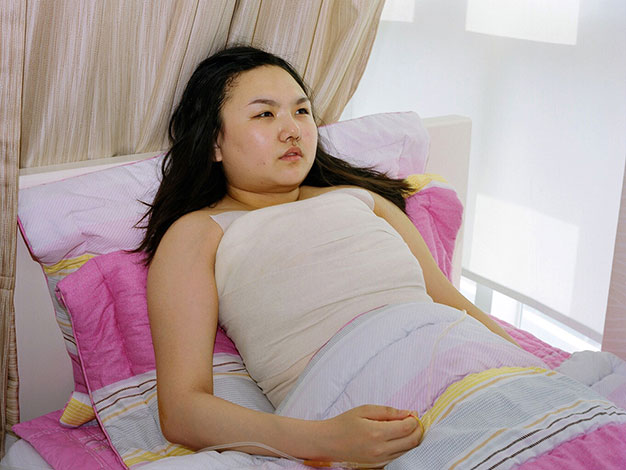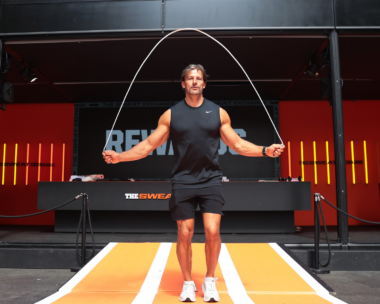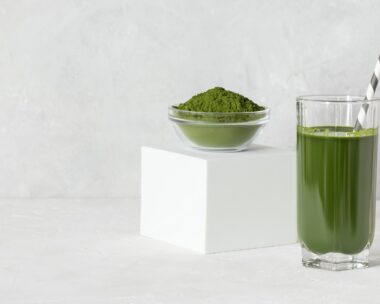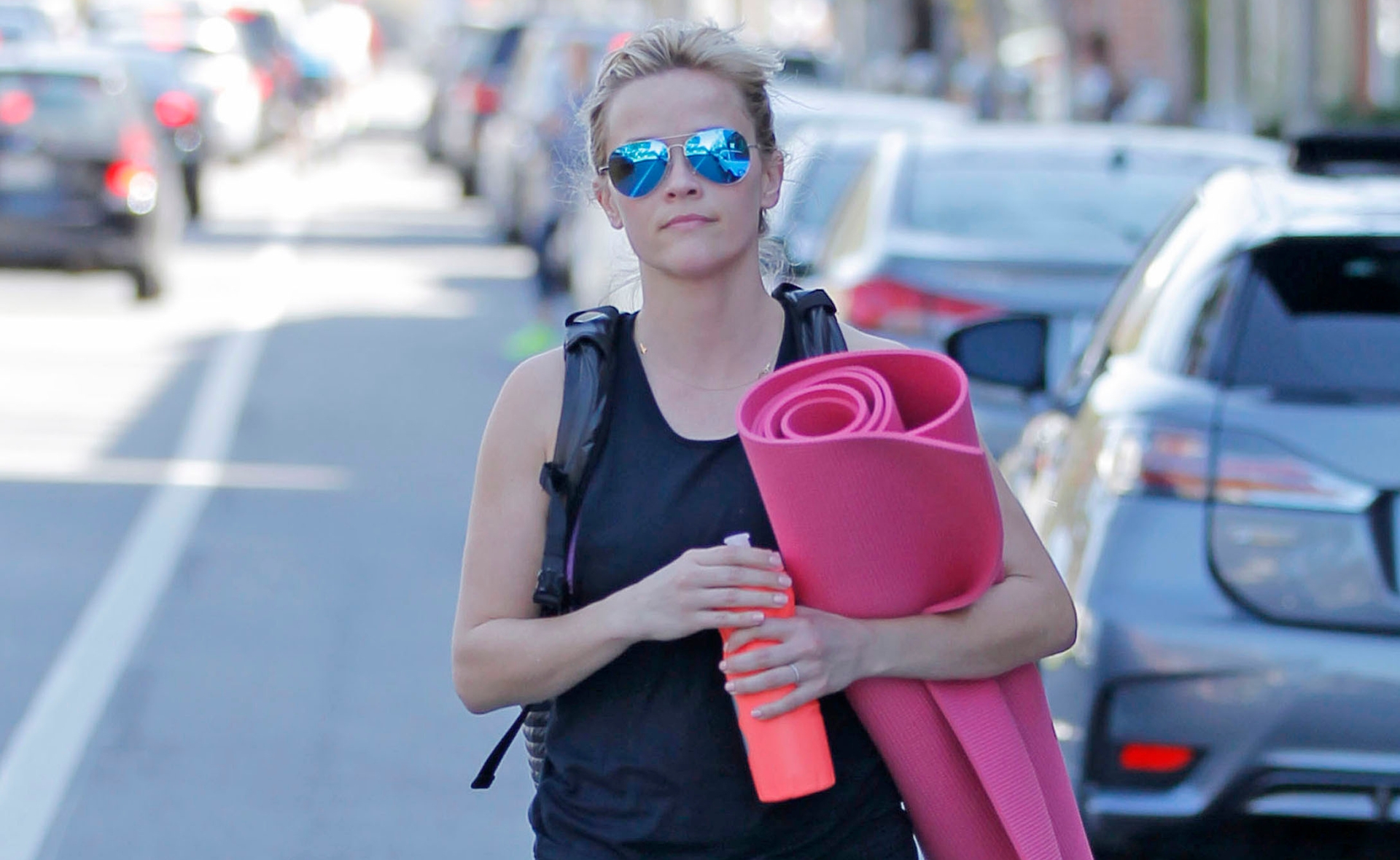Before the glamorous “after” photos, women who have undergone plastic surgery endure weeks of agonising pain, severe bruising and unsightly swelling.
This brutal post-surgery period has been captured in a series of arresting portraits called Beauty Recovery Room by South Korean artist Ji Yeo, 29.
Yeo decided to depict what post-cosmetic surgery bodies really look like after having consultations for several procedures and realising she had no idea what the aftermath would be like.
“I was going to get heavy plastic surgery to my entire body,” she said. “After consultation and consultation I realised I hadn’t been exposed to the procedure.
“No one really explained what the side effects would be, or that going under anaesthesia – I might die.”
The portraits are horrific and clearly show the suffering and misery of the subjects but Yeo says their cases are far from out of the ordinary.
“This is very typical. It is not extreme at all,” she said.

The brutal aftermath of plastic surgery has been captured in a series of arresting portraits.

Plastic surgery is reaching astronomical levels in Yeo’s native South Korea.

Yeo found her subjects on an online plastic surgery forum, and nursed them through their recovery in order to secure their permission to photograph them.

The women were hiding out in Seoul hotels, trying to hide their swollen “after” bodies from their significant others until they looked more acceptable.

None of the women photographer were wealthy, taking out loans to fund their expensive procedures.

“I bought prescriptions, I cooked soup for them, I drove them to the hotels and drove them to the clinic for their appointments. I let one subject stay at my apartment for a week,” Yeo said.

Despite this, Yeo found it difficult to stay in touch with her subjects. “Most of them didn’t reply to my messages or phone calls after three to six months. It’s like they don’t want to remember and they’re living their new life with new features.”

The portraits are horrific and clearly show the suffering and misery of the subjects.

“This is very typical. It is not extreme at all,” Yeo said.

“No one really explained what the side effects would be, or that going under anaesthesia – I might die,” Yeo said.




